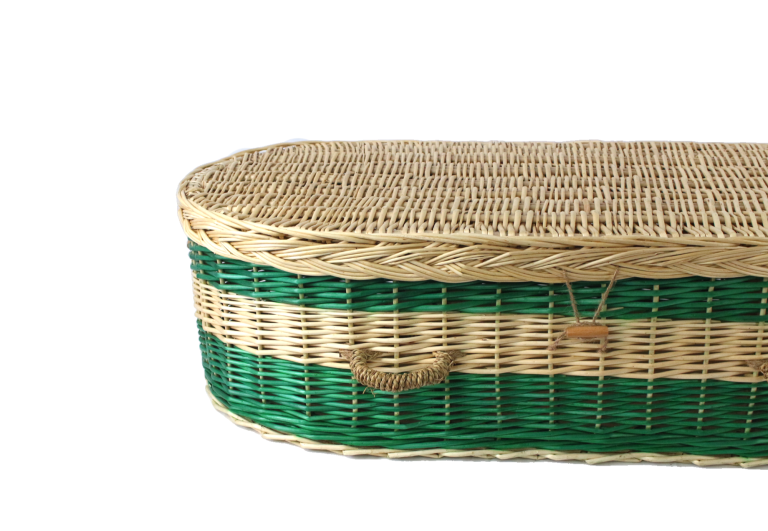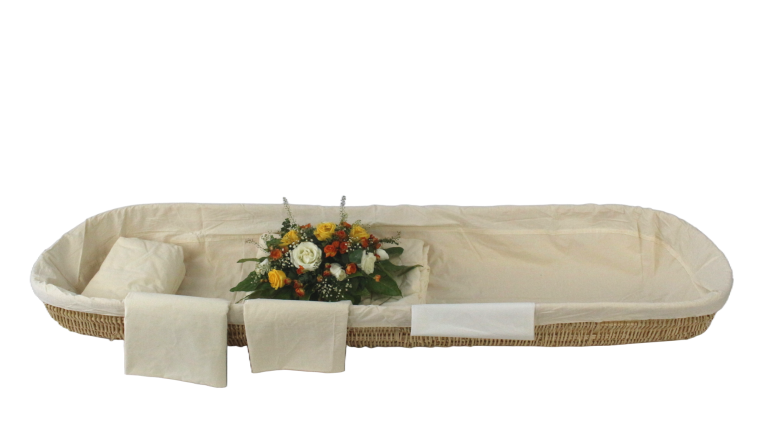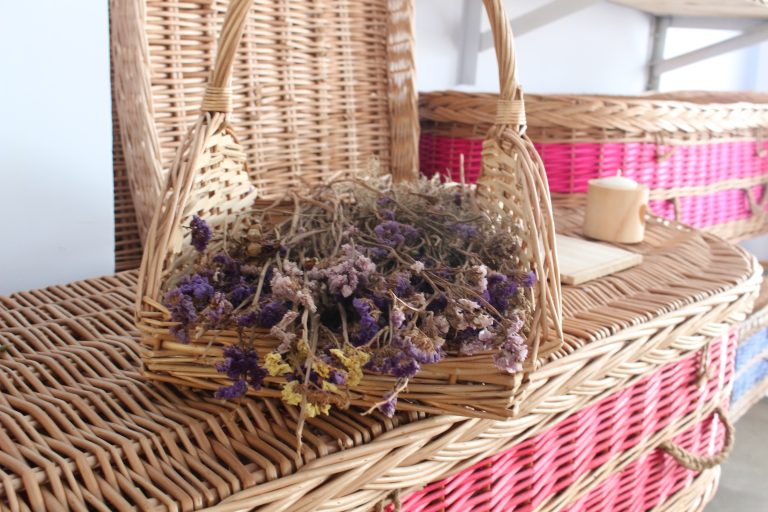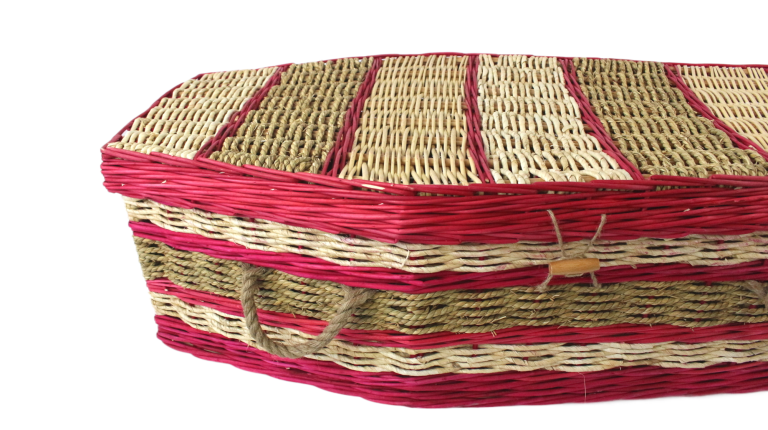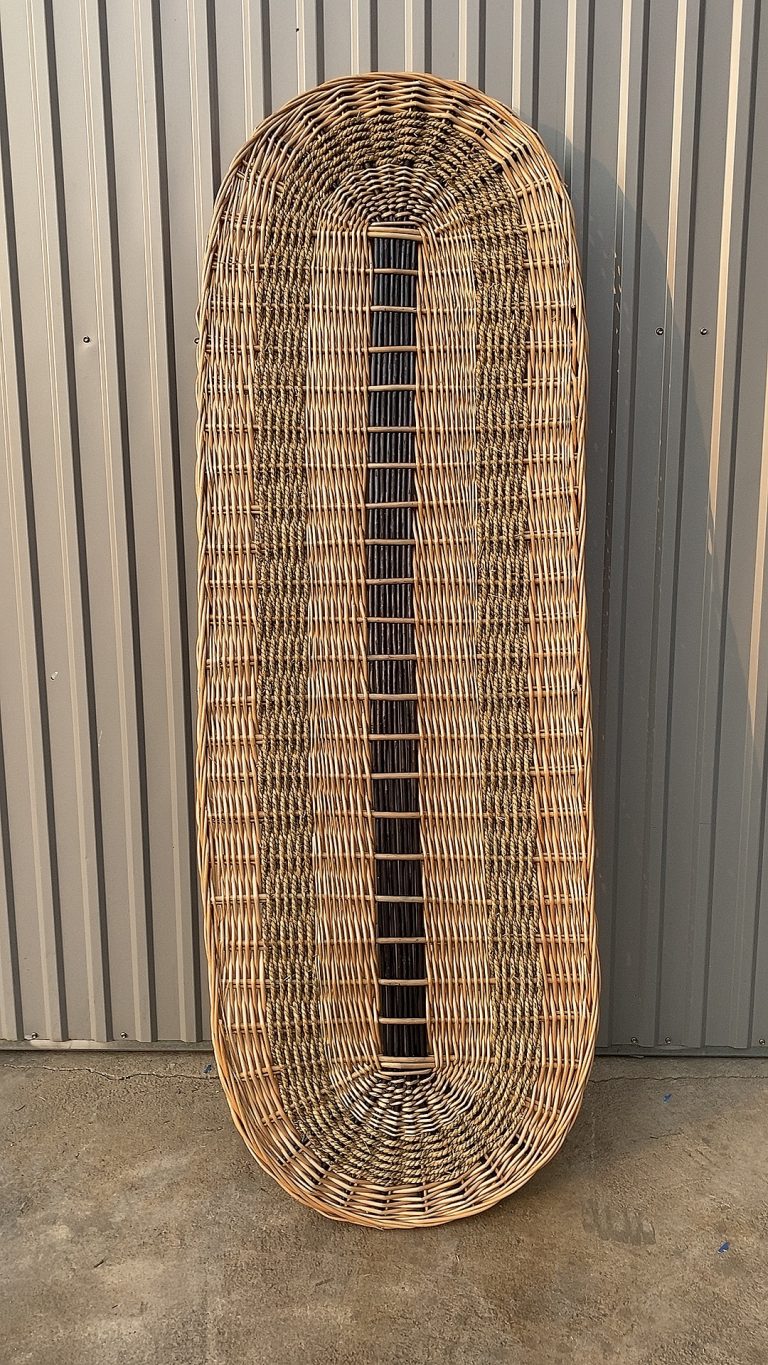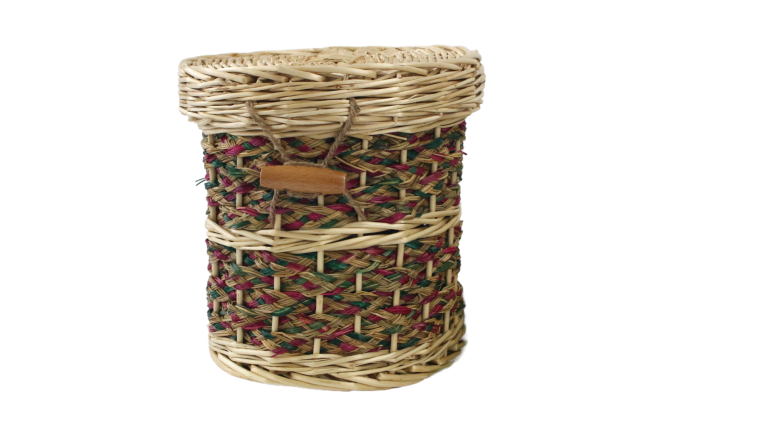Cremation and burial are two common funeral practices, each with its own unique cultural, environmental, and emotional significance. Cremation involves burning a body at high temperatures, typically in a specialized crematorium, and takes approximately two to three hours. The ashes can be stored in an urn, scattered at a designated location, or used in memorials. Burial, on the other hand, involves placing the body in a coffin and burying it in an underground cemetery, preserving the entire body and often accompanied by traditional rituals. The two differ significantly in terms of environmental protection, cost, space, and cultural significance.
From an environmental perspective, cremation has a higher carbon footprint due to the energy required for incineration and the potential release of carbon dioxide and trace pollutants. However, modern cremation equipment has been optimized for energy conservation and emission reduction. Burial using traditional wooden coffins can take a long time to decompose (e.g., 20 years) and may consume land resources. However, using green coffins such as seaweed or wicker (e.g., handwoven coffins with a tolerance of plus or minus 2 cm) can significantly shorten the decomposition time (e.g., 45 days) and reduce environmental impact. Cremation saves land and is suitable for urban areas, while burial requires a cemetery and has higher maintenance costs.
Cost-wise, cremation is generally more economical, costing approximately one-third to one-half of burial on average, depending on the region and the services provided. Cremation eliminates the need for a cemetery plot and allows for flexible disposal options, such as scattering at sea or storing at home. Burial involves the cost of a coffin, a cemetery plot, and long-term maintenance, resulting in higher costs but appealing to families who value traditional or religious rituals.
Culturally and emotionally, cremation is becoming increasingly popular in the West and Asia (such as China and Japan), aligning with the fast pace of modern life and space constraints. Burial is more common in traditions such as Christianity and Islam, symbolizing respect for the deceased and bodily integrity. Cremation offers diverse commemorative options, such as ashes jewelry, while burial emphasizes the ritual of mourning at a gravesite.
The choice between cremation and burial depends on personal beliefs, environmental awareness, and financial resources. Cremation offers flexibility and convenience, suiting modern needs; burial carries tradition and emphasizes a sense of ritual. Both have their advantages. The rise of green coffins has added an environmentally friendly option to burial, and the market is expected to continue growing.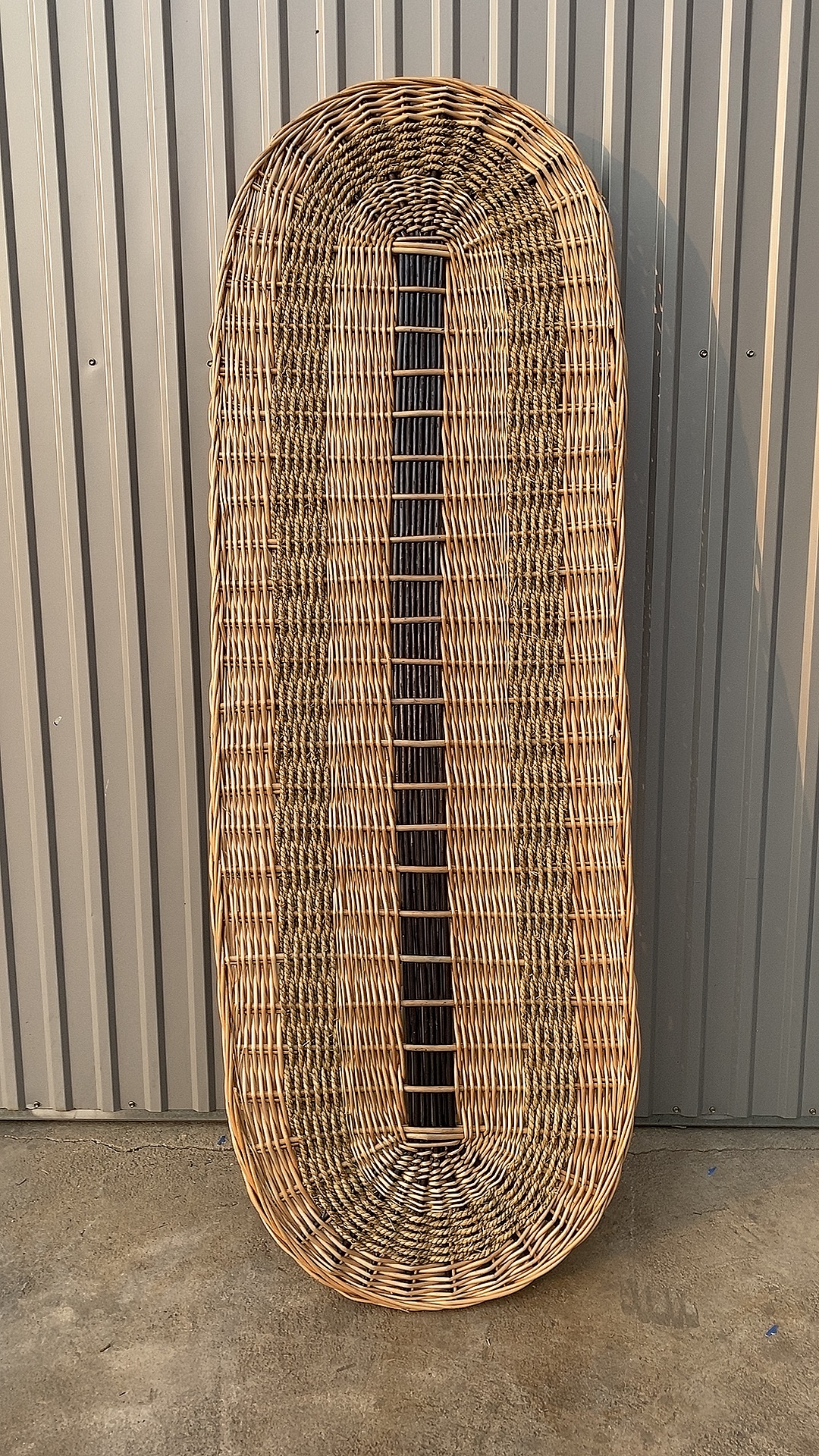
We are a factory supporting eco friendly green funeral(natural willow coffins\bamboo caskets and so on) .. for detail please contact us www.roconly.com;
Roconly (LinYi) Funeral Supplies Co.,Ltd.
Whatsapp: +86-18265103836 (Whatsapp & Wechat & Tel)
Email: jason@roconly.com
#willowcoffin#greencoffins#bamboocaskets#urns#naturalcoffins#chinafactory#scattertube#naturalburial#FuneralSupplies#cross#flowerbands#shrouds #carrierfuneral
